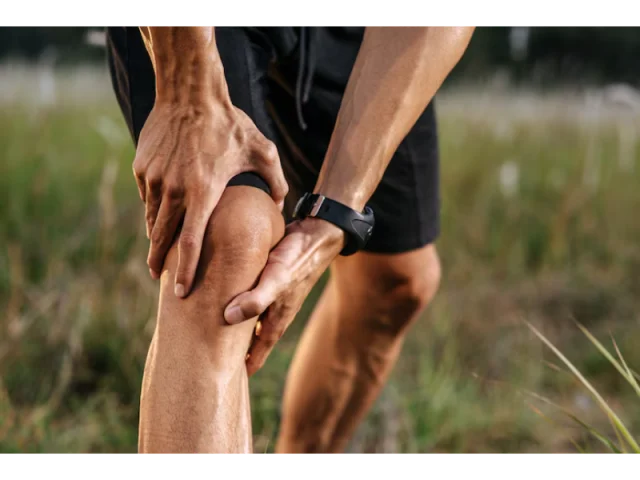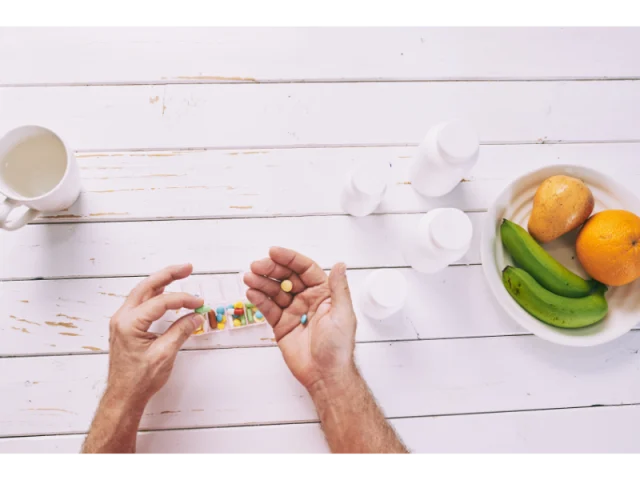Orthopedic prostheses and orthoses are an important part of orthopedic treatment for both patients and healthcare professionals. Prostheses restore the function of a lost limb. Orthotics provide support to weakened or injured body parts. Today, the advancement of technology has improved orthopedic prostheses and orthoses. These devices enhance the quality of life for patients. They also provide healthcare professionals with powerful solutions in treatment.
In this article, we will discuss the concepts of Orthopedic prostheses and orthoses in detail. We will explain their types, uses, and the rehabilitation process. This comprehensive guide will benefit both patients and healthcare professionals. It answers questions about Orthopedic prostheses and orthoses and offers expert tips.
Table of Contents
- What is Orthopedic Prosthesis?
- What is Orthosis?
- Differences between Orthopedic Prosthesis and Orthosis
- Types of Orthopedic Prosthesis
- Types of Orthosis
- In Which Situations Are Orthopedic Prostheses and Orthotics Used?
- Prosthesis and Orthotics Application Process
- Rehabilitation Process and Its Importance
- Things to Consider in the Use of Prostheses and Orthotics
- Frequently Asked Questions (FAQ)
- Conclusion
What is Orthopedic Prosthesis?
Orthopedic prostheses are artificial components that replace the function of lost limbs in the human body. These prostheses are used after amputations caused by congenital limb deficiencies, traumas, accidents, or various diseases. They help individuals, especially those who have lost an arm or leg, to readapt to daily activities and regain their ability to move independently.
Each prosthesis is specially designed and produced based on the patient’s physical structure, lifestyle, and specific needs. Modern prosthetic systems, developed with today’s technology, are made from lightweight and durable materials. With their advanced joint mechanisms, they can closely mimic natural movement. This provides users with a more comfortable experience and helps them reintegrate into social life more easily.
What is Orthosis?
Orthoses are medical devices used to support specific parts of the body, provide structural stability, or correct anatomical deformities. They are commonly used when muscles, joints, or bones are unable to offer sufficient support.
For example, a knee brace used during the recovery of an athlete with a ligament injury is an orthosis. A back support worn by someone with a herniated disc is also an example of an orthosis. Special brace systems are applied in cases of spinal deformities such as scoliosis. These systems also fall into this category.
When properly applied, orthoses help relieve pain. They also contribute to improving posture and enhancing daily mobility. These support systems are designed according to each individual’s needs. They are highly effective in preserving and improving physical function.
Differences between Orthopedic Prosthesis and Orthosis
Prostheses and orthoses differ in function and intended use, although both play an important role in rehabilitation and orthopaedic care. Listed below are the main differences between orthopaedic prostheses and orthoses:
- Function: A prosthesis replaces a missing body part, while an orthosis supports or aligns an existing body part.
- Intended Use: Prostheses restore the function of the missing limb after amputation. Orthotics correct muscle weakness, joint problems or deformities, or stabilize the affected area.
- Examples: Artificial legs and artificial arms are examples of prostheses. Knee braces, neck braces, wrist splints and ankle braces are examples of orthoses.
- Method of Application: Prosthesis fitting usually requires a special measurement and production process after amputation. Orthoses are support products that can be ready-made or custom-made. They generally do not require a surgical procedure.
Types of Orthopedic Prosthesis

Orthopedic prostheses are divided into different categories according to which part of the body they are designed for and their purpose. The main types of prostheses are as follows:
- Lower Extremity Prostheses: Leg prostheses are divided into below-knee (transtibial) and above-knee (transfemoral) prostheses. These prostheses are specially designed for patients who have lost their legs. They contain parts that mimic the knee joint mechanism and ankle movements.
- Upper Extremity Prostheses: Arm or hand prostheses are devices that mimic lost limbs. They support the function of the missing area from the shoulder, elbow or wrist. For example, an arm prosthesis provides the patient’s elbow and hand movements with special joint mechanisms. Hand prostheses facilitate daily activities by providing a gripping function.
- Joint Prostheses (Orthopedic Implants): Artificial joints surgically implanted in the body, such as knee prostheses and hip prostheses, are among orthopedic prostheses. These types of prostheses have been developed for patients with advanced joint calcification or damage. Their aim is to provide painless mobility and improve the quality of life of patients.
- Partial Prostheses: These are prostheses that are used in case of loss of a part of the foot or hand and only complete the missing part. For example, a toe prosthesis or partial foot prosthesis helps improve the patient’s balance. It also makes walking easier.
Types of Orthotics
Orthoses are also divided into various types according to their area of use and purpose. The main types of orthopedic orthosis are as follows:
- Lower Extremity Orthotics: Supports for the ankle and knee fall into this group. For example, an ankle orthosis (AFO) stabilizes the foot and ankle. A knee brace or knee brace stabilizes the knee joint and supports rehabilitation after injury.
- Upper Extremity Orthotics: Includes splints and supports designed for the arm, elbow and wrist. For example, a wrist splint stabilizes the wrist and aids recovery from conditions such as tendonitis. Shoulder orthoses, on the other hand, protect the joint after a shoulder dislocation.
- Spine Orthotics: This class includes corsets and neck braces for the spine (waist, back and neck). A scoliosis brace helps to correct spinal curvature, while a cervical collar supports healing by restricting movement in neck injuries.
- Foot Orthotics (Orthotic Insoles): Special insoles placed in shoes support proper footing and reduce pain in foot deformities such as flatfoot.
- Functional Orthotics: These are special devices used to facilitate movement in muscle weakness caused by paralysis or nerve injury. For example, dynamic hand orthoses support finger movements of a patient who has partially lost hand functions. These orthoses are included in this group.
In Which Situations Are Orthopedic Prostheses and Orthotics Used?
Orthopedic prostheses and orthoses play an important role in the treatment of various health problems. Here are some examples of when prosthetics or orthotics may be needed:
- After Amputation: Traffic accidents, war injuries and complications of diabetes lead to limb loss. In these cases, patients regain lost functions by using prostheses. The prosthesis, which replaces the amputated limb, helps the patient regain mobility.
- Congenital Anomalies: Some individuals are born with a missing or underdeveloped limb. In this case, appropriate prostheses support the child’s development and mobility from an early age.
- Joint Disorders and Osteoarthritis: Orthopedic implant prostheses (e.g. knee prosthesis) placed on joints such as the knee and hip in cases of advanced joint calcification (arthrosis) or serious joint injuries allow the patient to move painlessly.
- Muscular and Nervous System Diseases: Patients who have had a stroke or neurological diseases that cause muscle weakness can lead to loss of function. Ankle orthosis is used for drop foot syndrome. Hand orthosis is used for loss of hand function. Both aim to increase the patient’s functional skills.
- Orthopedic Injuries: During the healing process after sports injuries, ligament ruptures, or fractures, orthoses are used. They help control the movement of the relevant area. For example, the use of knee braces is common in the rehabilitation of someone who has undergone anterior cruciate ligament surgery.
- Spine Problems: In the treatment of scoliosis (curvature of the spine), the corset supports the spine and prevents the curvature from progressing. In spinal fractures, orthoses are used to keep the body upright during the healing process.
Prosthesis and Orthotics Application Process
Successful use of a prosthesis or orthosis requires a correct application process. This process is managed by a multidisciplinary team. The team consists of specialists such as orthopedists, prosthetic-orthotic technicians, and physiotherapists. In general, the prosthetic/orthotic application process consists of the following steps:
- Evaluation and Planning: First, the orthopedic doctor examines the patient and determines his/her needs. The patient’s physical condition, lifestyle and expectations are taken into account when deciding which type of prosthesis or orthosis is appropriate.
- Measurement and Design: For prosthesis or orthosis application, the prosthesis-orthotics specialist (orthosis-prosthesis technician) takes measurements from the patient. At this stage, measurements are taken using plaster molds, 3D scanning or digital modeling methods. The device is designed according to the measurements.
- Production: The designed prosthesis/orthotic is manufactured using special materials. Lightweight and durable materials such as carbon fiber, silicone, titanium are commonly used in prosthetics and orthotics.
- Rehearsal and Fitting: After the device is ready, the patient is rehearsed. At this stage, corrections are made if necessary. Especially in prostheses, comfort and harmony are very important in the parts of the patient that come into contact with the skin. For orthoses, correct alignment and adequate support are ensured.
- Education and Rehabilitation: Patients who start using prosthesis or orthosis learn how to put on, take off and use the device.
- Monitoring and Care: As the patient continues to live with the prosthesis or orthosis, they undergo periodic check-ups. Follow-up is important for maintenance, adjustments and, if necessary, replacement of the device. Regular check-ups can detect skin problems or wear and tear on the device early.
Rehabilitation Process and Its Importance
The use of prostheses or orthotics becomes more functional and comfortable when supported by an effective rehabilitation process. Physical therapy makes it easier for patients to get used to their new devices and improves muscle strength, flexibility and mobility. In this process, personalized exercise programs are applied with a physiotherapist. A patient and disciplined approach is required for the rehabilitation process to be successful. Psychological support is important for individuals coping with limb loss or chronic diseases. It contributes to maintaining their motivation. It also helps improve their quality of life.
Things to Consider in the Use of Prostheses and Orthotics
Both patients and healthcare professionals need to pay attention to some important points. These points are especially crucial when using prostheses and orthotics. These points are critical to prolonging the life of the device and protecting the patient’s health:
- Skin Care: Patients using prostheses should check the skin areas that the prosthesis comes into contact with every day. If signs of redness, sores or irritation are noticed early, measures can be taken. Orthotic wearers should also pay attention to skin cleanliness and hygiene.
- Correct Use: Follow the instructions given by the device manufacturer or health professional. If the prosthesis or orthosis is incorrectly fitted, the device may get damaged. If used incorrectly, the patient may also suffer an injury. Healthcare professionals should provide the patient with comprehensive training on the use of the device.
- Avoid Overloading: When using a prosthesis or orthosis, activities that put excessive strain on the affected limb should be avoided. For example, a person who has undergone knee replacement surgery should be cautious. High-impact sports should not be attempted without medical approval. Running should only be started with a doctor’s approval.
- Regular Checkup: Prostheses and orthoses wear out over time. They may also require adjustment depending on changes in the patient’s condition. Therefore, they should be checked regularly by an orthopedic specialist or prosthetic-orthotic technician. If necessary, the device should be renewed or parts replaced.

Conclusion
As a result, Orthopedic prostheses and orthoses can make a big difference in patients lives. The right indication and conscious use are essential for their effectiveness. These devices provide both physical and psychological support. They help the person to return to an active life again. In this comprehensive guide, we have covered a wide range of topics. These include the definition of prostheses and orthoses as well as their different types.
We have also provided detailed information on the process of use and rehabilitation. Therefore, the decision to use prostheses or orthoses should be carefully considered. A specialist doctor’s assessment is always necessary before making this decision. The application process should also be guided by their expertise.
Frequently Asked Questions (FAQ)
What is the difference between orthopedic prosthesis and orthosis?
An orthopedic prosthesis is an artificial limb that replaces a missing limb in the body. For example, an artificial leg after amputation is a prosthesis. An orthosis is a device that supports an existing limb or body part. For example, a knee brace used for a knee injury is an orthosis.
How long does it take to get used to using a prosthesis?
The time it takes to get used to the prosthesis varies from person to person. Usually, the first few weeks are a period of adaptation for patients. In some cases, this adjustment period can extend to the first few months. During this period, it is important to do walking and balance exercises with a physiotherapist. Over time, patients begin to feel their prosthesis as a part of their body.
How long should orthoses be worn?
The duration of orthotic use depends on the type of condition and the treatment goal. Some orthoses are used for a short period of time. For example, they are worn for a few weeks after an injury. However, some orthoses require long-term use.
How to care for prostheses and orthoses?
Regular maintenance is essential for the longevity and safety of prostheses and orthoses. The joint points and moving parts of the prostheses should be checked at regular intervals. They should be lubricated if necessary. In addition, if the prosthesis has parts like silicone sheaths, these should be kept clean.
Are orthopaedic prostheses and orthoses expensive?
The cost of prostheses and orthoses varies greatly. It depends on the type, materials used, and technological features. While a simple ready-made orthosis is affordable, a high-tech bionic prosthesis is quite expensive.



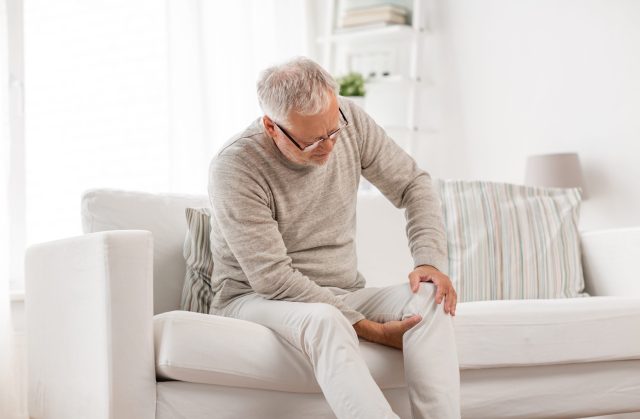







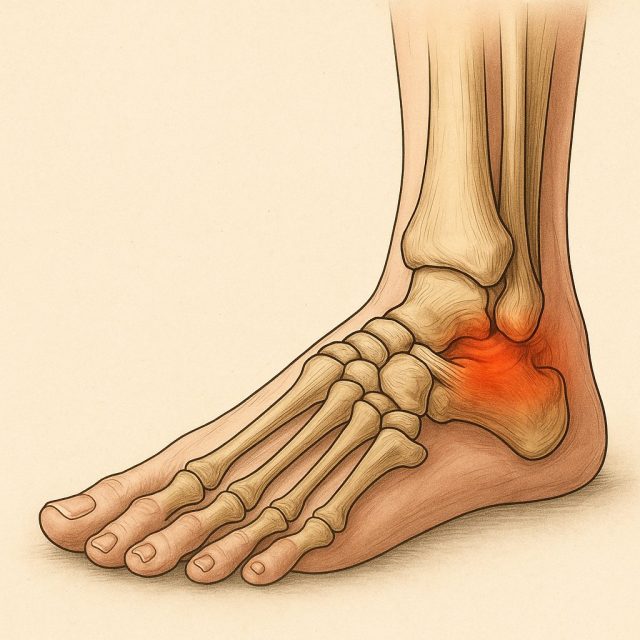

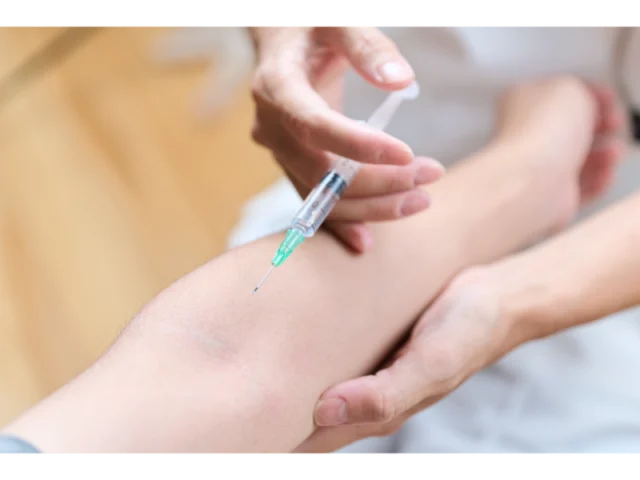
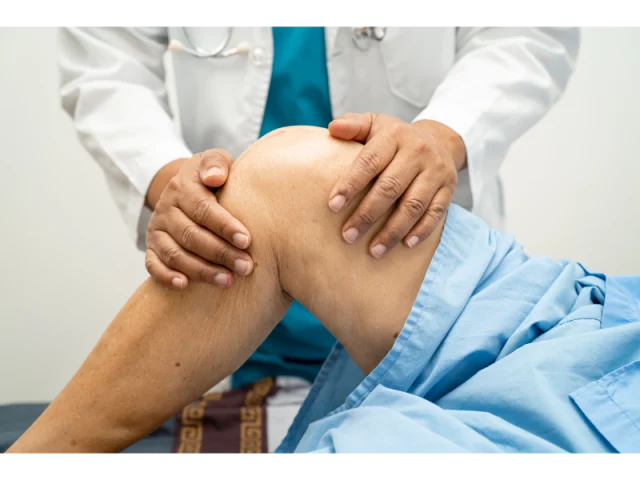
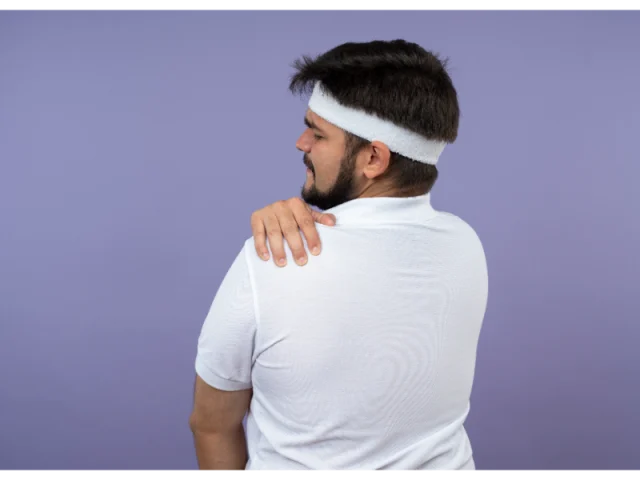

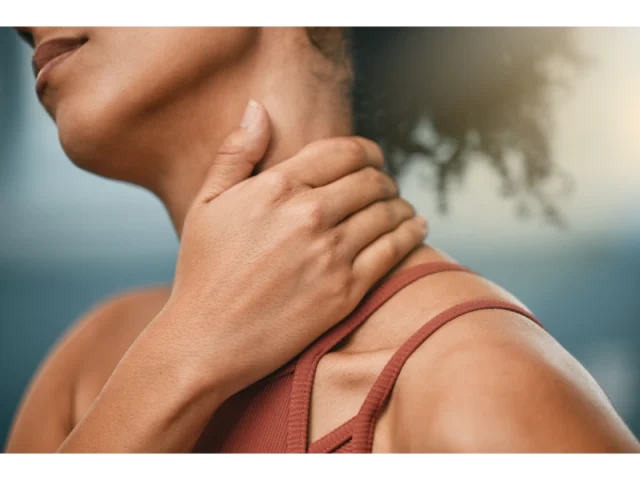





 Youtube Videos
Youtube Videos


